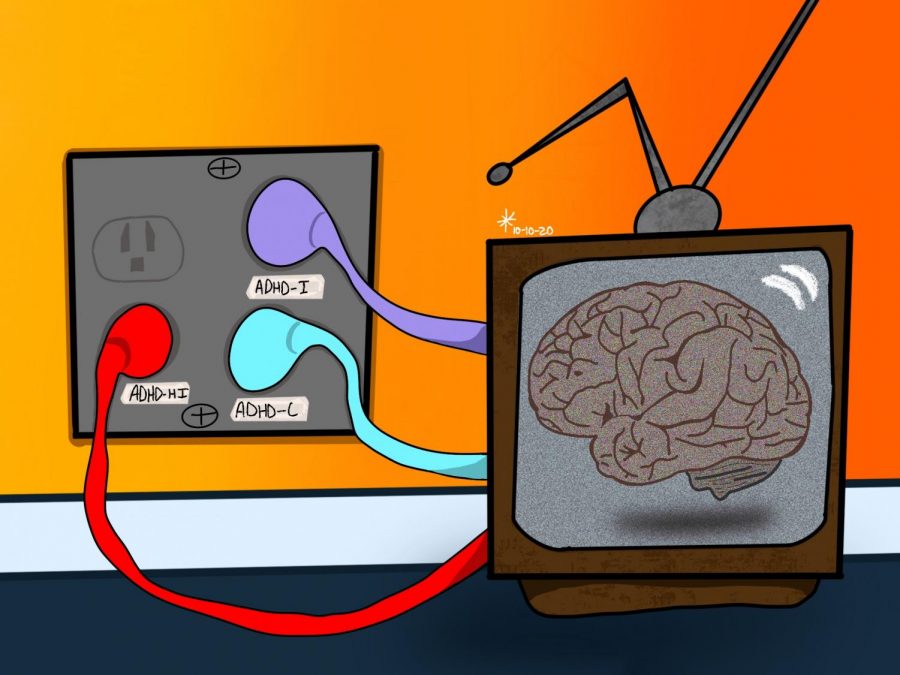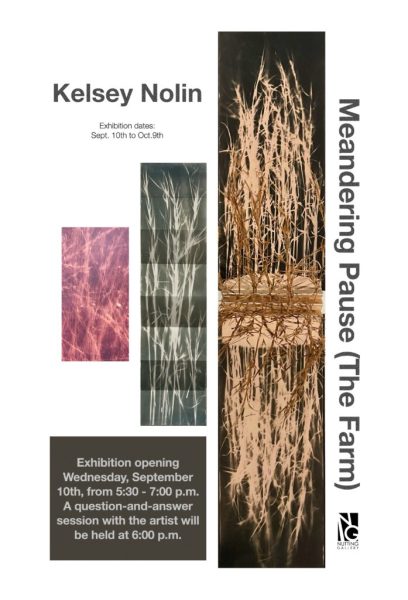ADHD Awareness
Illustration for the ADHD awareness month story
October is ADHD Awareness Month. ADHD, or attention-deficit/ hyperactivity disorder, is a neurodevelopmental disorder that affects kids and adults worldwide. According to the organization CHADD, Children and Adults with Attention-Deficit Hyperactivity Disorder; “It’s estimated that approximately 7.2 percent of children worldwide have ADHD, while about 3.4 percent of adults are estimated to have diagnosed or undiagnosed ADHD.”
ADHD is more likely to be under-diagnosed in adults, and even more so in women due to stereotypes of the disorder. The most common prejudice of ADHD is that it only affects children, and that you grow out of it. Another stereotype is that only hyperactive school aged boys have ADHD. This demographic is merely easier to diagnose, these children struggle to sit still and remain focused in class, therefore causing minor disruptions and bringing to light the issues they face. It’s been found in several studies of ADHD, that women are more likely to be misdiagnosed with other mental health issues like depression or anxiety as some symptoms overlap. This, in addition to women presenting less noticeable disruptive signs of ADHD, has skewed the numbers on how many people have the disorder.
The name of the disorder itself has led to some of these hurtful stereotypes in the medical field. ADHD is an umbrella term that is still being developed almost constantly. There are really three subcategories of ADHD; ADHD-HI, ADHD-I, and ADHD-C. The CDC generalizes each pathway of the disorder as follows. ADHD-HI is the predominantly hyperactive route of the disorder, people with this struggle with sitting still, fidgeting, and impulse control. They may tend to interrupt conversations and have trouble waiting their turn. ADHD-I is the more inattentive route, it is also referred to as ADD, Attention Deficit Disorder. People with the inattentive route find it hard to manage time and organize in their life. They are more likely to be distracted and have a hard time with following directions or conversations. ADHD-C is the combined type, these people show an equal number of symptoms of hyperactivity and inattentiveness.
If you or a loved one you know feel like they may have ADHD, it is strongly encouraged to speak to your doctor with your concerns. The symptoms listed in this article, as stated, are generalizations. This is not a proper guide to diagnosis, nor is it guaranteed that if you experience any of these things that you have the disorder.
Samantha Snyder is currently a senior at West Liberty University. She is majoring in visual communication design as well as minoring in advertising communications....







